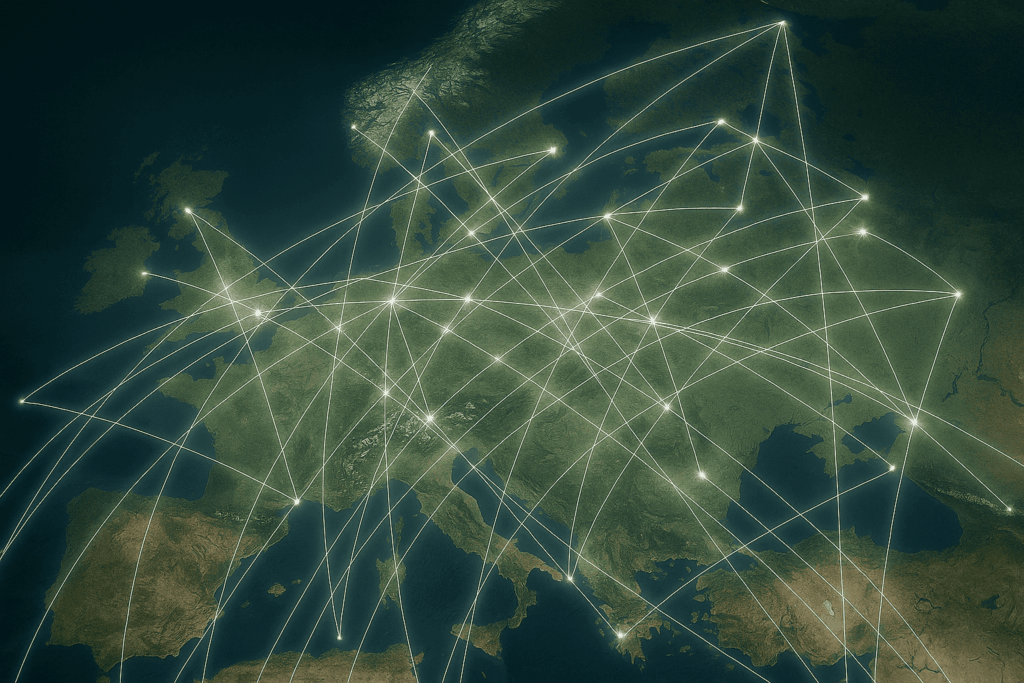
IBM will be accepting applications from the global community to take part in the third IBM Quantum Challenge November 8-29 in the US and the Nov. 9-30 in Japan, according to an IBM Research blog post. Participants will be presented with a new set of challenges designed to push the limits of our quantum systems towards another significant milestone.
The first IBM Quantum Challenge competitive coding contest was held in September 2019 and attracted seasoned and new coders alike from around the world to start their journey in Quantum Computing.
In May 2020, the team celebrated the fourth anniversary of IBM Quantum Experience with a second challenge that brought together 1,745 people from 45 countries. Their combined efforts led to the execution of over 1 billion circuits on 18 IBM Quantum systems in a single day.
Starting on November 8 at 7:00 p.m. US EST / November 9 at 9 a.m. JST, we will begin three weeks of challenges that will grow the participants’ quantum computing knowledge and skills as they use Qiskit to tackle a new set of exercises each week.

Three Weeks of Programming for the Not-So-Distant Quantum Future
In this challenge, participants will get to learn and explore topics such as quantum data structures, which will become an essential component of quantum systems of larger scale.
Week One: The first week of exercises that will be presented in this challenge is designed for beginners to learn the basics of quantum computation. You will also learn about the famous quantum algorithm, Grover’s algorithm, to explore its special properties. Although the material will cover the basics, novices will find the first week a good warm up session to get ready for the second week.
Week Two: This week, participants will learn how to implement near-future quantum data structures and design a quantum game solver to be solved using Grover’s algorithm. This exercise not only builds on top of the first week’s exercises, but will also help prepare you for the third and final week.
Week Three: The exercises for the challenge’s final week will be significantly more difficult than the previous weeks’, so don’t worry if you get stuck tackling it. Participants will be asked to deal with a much more complicated data structure, and will be asked to solve a problem using Grover’s algorithm they learned in the previous weeks. Even an experienced quantum programmer will be challenged by this one.
Join this quantum journey by signing up here for the IBM Quantum Challenge: Programming for the Not-So-Distant Quantum Future. Seats are limited to 2,000 so make sure to sign up early.
We hope this challenge will inspire you to think about how quantum computing will improve and be used in the coming years. We look forward to seeing you there!
To apply: IBM Quantum Challenge: Programming for the Not-So-Distant Quantum Future
The global community of quantum computing enthusiasts are welcome to participate. But seats are limited to 2,000 so make sure to sign up early.
If you found this article to be informative, you can explore more current quantum news here, exclusives, interviews, and podcasts.

















